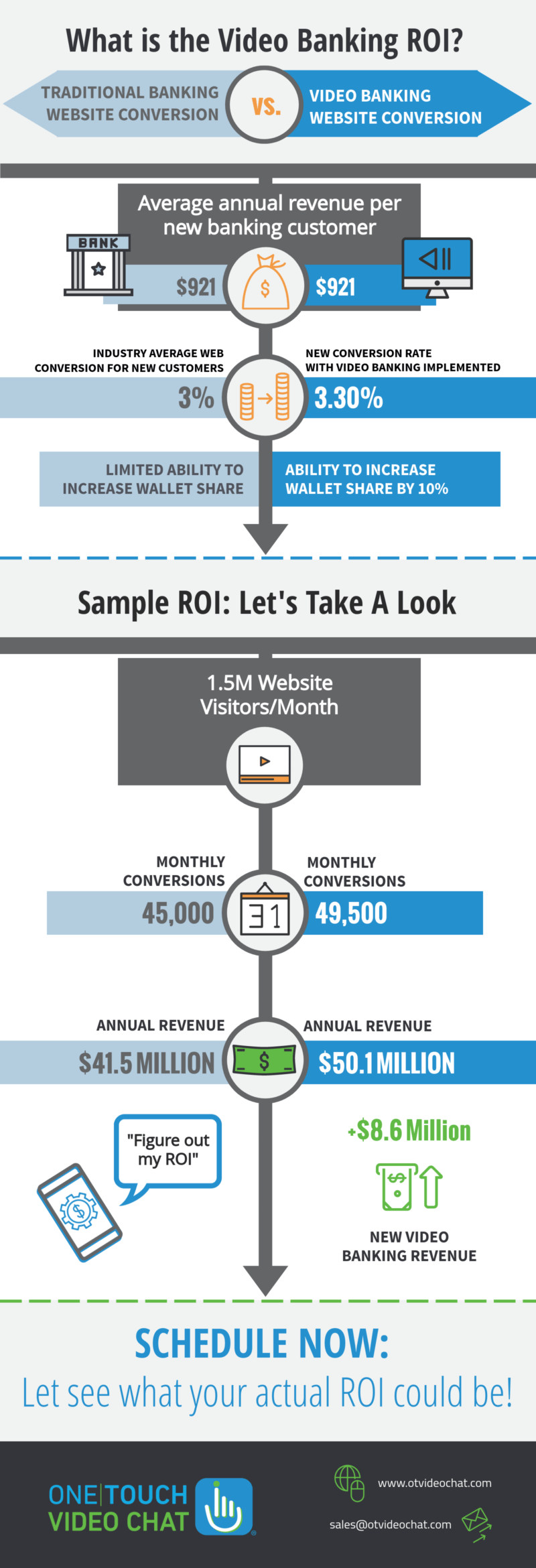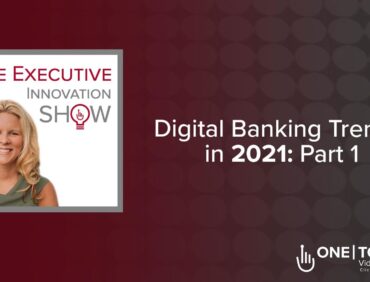Doctors and patients have much at stake in the aftercare process. Video Telemedicine for aftercare gives patients and doctors more convenient and cost-effective options to pursue throughout the healing process. When HIPAA compliant video telemedicine aftercare is an option, the patient experience is improved and satisfaction goes up.
What are some examples of Video Telemedicine Aftercare health scenarios?
- Cosmetic Surgery
- Bariatric Surgery
- Elderly Patients
- Outpatient Surgery
- Emergency Aftercare
- Procedures concurrent with mental health concerns
- Low-risk Patients
One Touch Video Chat’s HIPAA compliant video conferencing technology is perfect for medical follow-up care. While most EMR’s that have added desktop or website video conferencing as an add-on product, our video telemedicine technology is built so patients can connect through their mobile devices. Therefore, surgery patients can stay in the comfort of their home while healing. The patient can check in with their surgeon to address any concerns and make sure they are healing properly. In the case that a prescription is needed, the patient could interface with a pharmacist for a consult via video. As a result, it would then be possible to have a caregiver to pick up any needed medications.
Video telemedicine follow-up would also be very helpful for patients being discharged from Emergency Room Care. If a patient is being treated via Emergency Medicine, then typically the ER patient is overwhelmed and have trouble retaining information. Integrating video into other technologically driven followup tools can help patients stick to their treatment plan and reach out proactively.
For higher-risk patients, in person followup care may be necessary. Video Telehealth Aftercare can be a supplement to higher risk recovering patients allow for a higher number of check-ins between doctor and patient.
HIPAA compliant video telemedicine technology is one of the tools for a doctor to utilize for aftercare.
Video chat technology can be easily be integrated into an aftercare plan and can supplement emerging trends where practices and hospitals have customized mobile apps. There are several ways that video telehealth can improve patient experience:
- More patient compliance
- Time savings
- Better outcomes
- Reduced readmission






